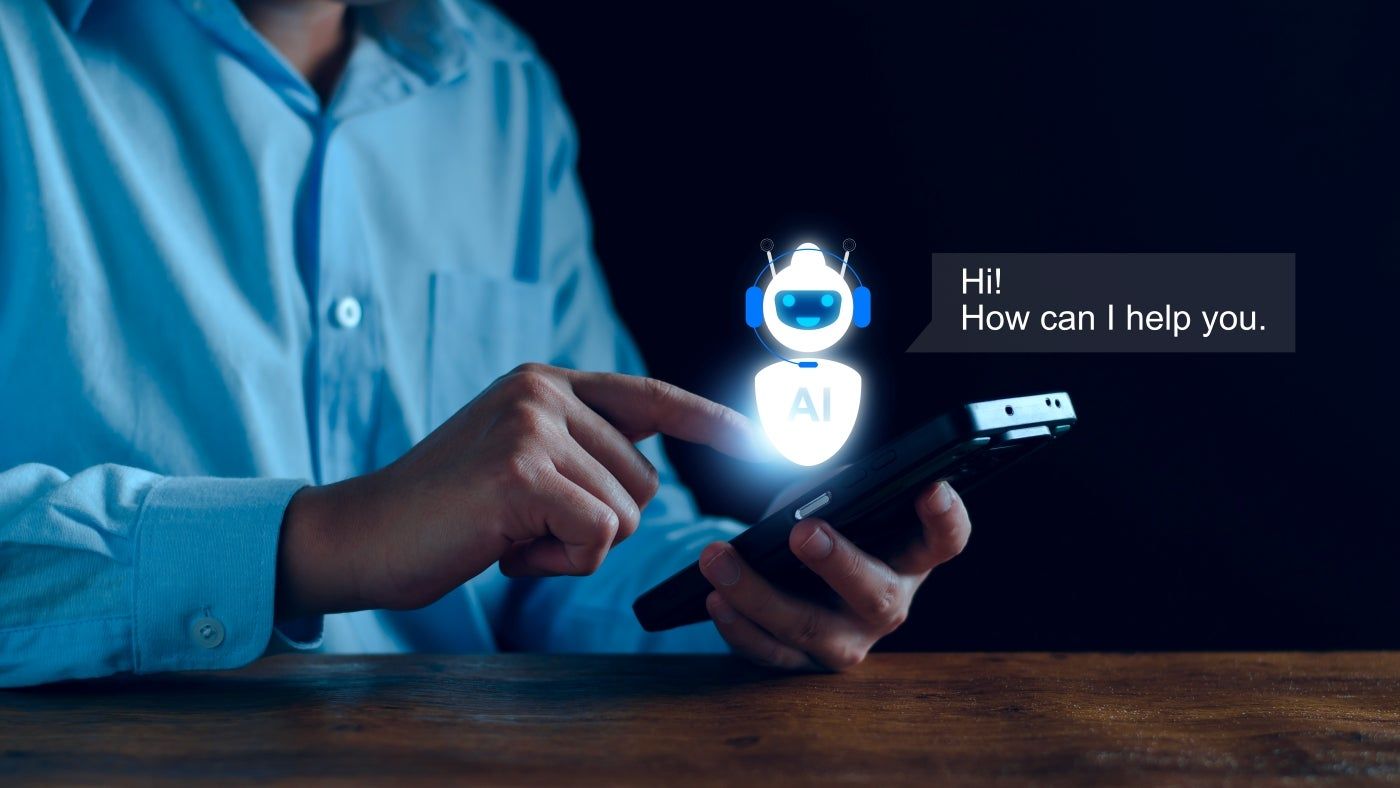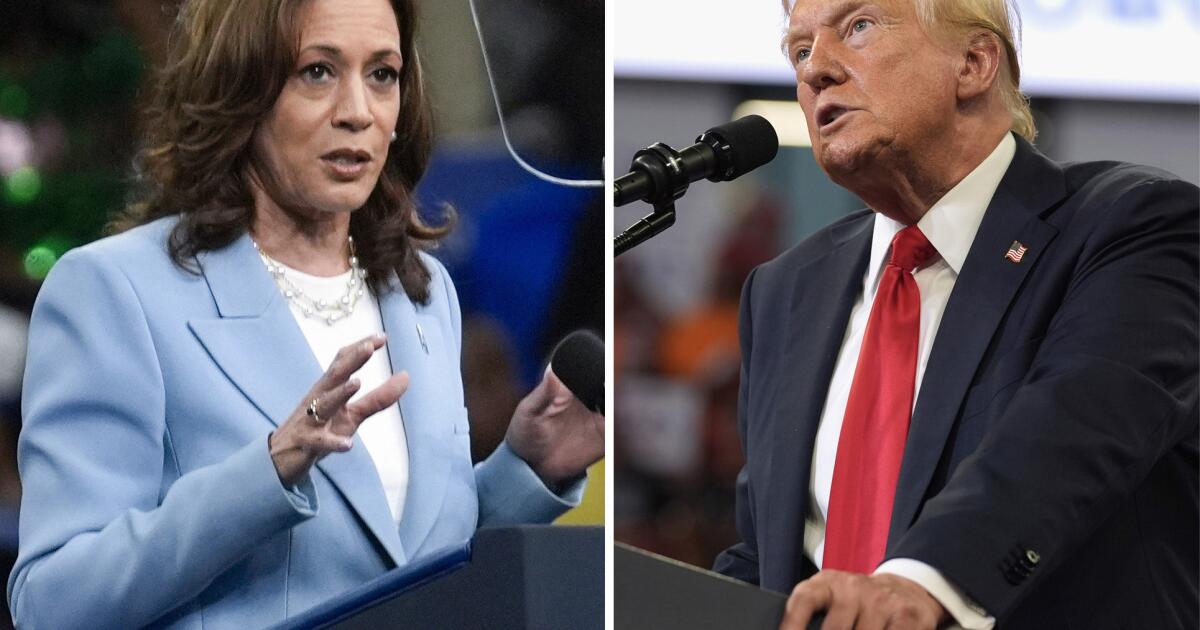GPT-4 is a large language model system with artificial intelligence that can imitate human speech and reasoning. To do this, it is trained on a vast library of existing human communication, from classic literary works to large expanses of the Internet.
Artificial intelligence of this type relies on its training to predict which letter, number or other character is likely to appear in sequence. This cheat sheet explores GPT-4 from a high level: how to access GPT-4 for commercial or consumer use, who created it, and how it works.
Jump to:
What is GPT-4?
GPT-4 is a large multimodal model that can imitate human-produced prose, art, video, or audio. GPT-4 is capable of solving word problems or generating original text or images. GPT-4 is the fourth generation of OpenAI's basic model.
The GPT-4 API, as well as the GPT-3.5 Turbo, DALL·E, and Whisper APIs are now generally available starting July 7, 2023.
On November 6, 2023, OpenAI announced the next generation of GPT-4, GPT-4 Turbo.
Who owns GPT-4?
GPT-4 is owned by OpenAI, an independent artificial intelligence company based in San Francisco. OpenAI was founded in 2015; It started as a nonprofit, but has since transitioned to a for-profit model. OpenAI has received funding from Elon Musk, Microsoft, Amazon Web Services, Infosys, and other corporate and individual backers.
OpenAI has also produced ChatGPT, a free-to-use chatbot derived from the previous generation model, GPT-3.5, and DALL-E, an image-generating deep learning model. As the technology improves and grows in capabilities, OpenAI reveals less and less about how its AI solutions are trained.
When was GPT-4 released?
OpenAI announced the release of GPT-4 on March 14, 2023. GPT-4 was immediately available to ChatGPT Plus subscribers, while other interested users had to join a waitlist to access it.
SEE: Salesforce incorporated generative AI into its sales and field service products. (Technological Republic)
How can you access GPT-4?
The public version of GPT-4 is available on the ChatGPT portal site.
On July 7, 2023, OpenAI made the GPT-4 API available for general use to “all existing API developers with a track record of successful payments.” OpenAI also hopes to open access to new developers by the end of July 2023. Speed limits may increase after that period depending on the amount of computing resources available.
In August 2023, GPT-4 was included as part of ChatGPT Enterprise. Enterprise subscription users receive unlimited use of a high-speed pipeline to GPT-4.
How much does it cost to use GPT-4?
For an individual, using the ChatGPT Plus subscription costs $20 per month.
Pricing for the text-only GPT-4 API starts at $0.03 per 1,000 request tokens (one token is roughly equivalent to four English characters) and $0.06 per 1,000 completion (output) tokens, OpenAI said. (OpenAI explains more about how tokens are counted here.)
SEE: Artificial Intelligence Ethics Policy (TechRepublic Premium)
A second option with longer context length (around 50 pages of text) known as gpt-4-32k is also available. This option costs $0.06 per 1,000 notice tokens and $0.12 per 1,000 completion tokens.
Other AI support services like Microsoft Copilot and GitHub's Copilot X now run on GPT-4.
What are the capabilities of GPT-4?
Like its predecessor, GPT-3.5, GPT-4's main claim to fame is its natural language question answering and other prompts. OpenAI says GPT-4 can “follow complex natural language instructions and solve difficult problems accurately.” Specifically, GPT-4 can solve mathematical problems, answer questions, make inferences, or tell stories. Additionally, GPT-4 can summarize large amounts of content, which could be useful for consumer referrals or business use cases, such as a nurse summarizing the results of her visit to a client.
OpenAI tested GPT-4's ability to repeat information in a coherent order using several skills assessments, including the AP and Olympiad exams and the Uniform Bar Exam. He scored in the 90th percentile on the bar exam and in the 93rd percentile on the SAT evidence-based reading and writing test. GPT-4 had varying scores on AP exams.
These are not true tests of knowledge; Instead, running GPT-4 through standardized tests shows the model's ability to form correct-sounding responses from the mass of pre-existing writing and art it was trained on.
GPT-4 predicts which token is likely to be next in a sequence. (A token can be a section of a string of numbers, letters, spaces, or other characters.) While OpenAI remains tight-lipped about the specifics of GPT-4 training, LLMs are typically trained by first translating information from a data set into tokens; The data set is then cleaned to remove confusing or repetitive data. Next, AI companies often employ people to apply reinforcement learning to the model, nudging the model toward answers that make common sense. The weights, which in a nutshell are the parameters that tell the AI which concepts are related to each other, can be adjusted at this stage.
The Chat Completion API and its updates
The Chat Completions API allows developers to use the GPT-4 API through a free text message format. With it, they can create chatbots or other functions that require a back-and-forth conversation. The Chat Completions API was first available in June 2020.
In January 2024, the Chat Completion API will be updated to use newer completion models. OpenAI's ada, babbage, curie, and davinci models will be updated to version 002, while chat completion tasks using other models will move to gpt-3.5-turbo-instruct.
Fine tuning of the GPT-3.5 Turbo and other news
On August 22, 2023, OpenAPI announced the availability of tweaks for GPT-3.5 Turbo. This allows developers to customize models and test them for their specific use cases.
In January 2023, OpenAI released the latest version of its moderation API, which helps developers identify potentially harmful text. The latest version is known as text-moderation-007 and works according to OpenAI security best practices.
What is BingChat?
Microsoft's Bing Chat is an artificial intelligence assistant implemented as a sidebar next to the Bing search engine. Users can ask you to answer questions or generate images. Bing Chat runs on GPT-4. It differs from ChatGPT by being able to remember previous conversations, although sometimes what chatbot can do this does not meet expectations.
SEE: Find out to check Bing Chat to get the results you want. (Technological Republic)
Bing Chat requires a Microsoft and Edge browser to use.
Additionally, Microsoft offers Bing Chat Enterprise, which adds data protection and additional functionality to Bing Chat. Administrators can provide managed access to Bing Chat Enterprise through Microsoft Entra ID (Azure Active Directory).
What are the limitations of GPT-4 for enterprises?
Like other AI tools of this type, GPT-4 has limitations. For example, GPT-4 does not check whether its statements are accurate. Your training with Internet texts and images can make your responses absurd or inflammatory. However, OpenAI has digital controls and human coaches to try to keep the output as useful and business-appropriate as possible.
Additionally, GPT-4 tends to create “hallucinations,” which is the AI term for inaccuracies. Your words may make sense in sequence, as they are based on probabilities set by what the system was trained on, but they are not verified or directly connected to real events. OpenAI is working to reduce the number of falsehoods the model produces.
Another important limitation is the question of whether sensitive corporate information that is fed into GPT-4 will be used to train the model and expose that data to external parties. Microsoft, which has a reseller agreement with OpenAI, plans to offer private ChatGPT instances to corporations later in the second quarter of 2023, according to an April report.
Like GPT-3.5, GPT-4 does not incorporate information more recent than September 2021 into its lexicon. One of GPT-4's competitors, Google Bard, has up-to-date information because it is trained on the contemporary Internet.
AI can suffer from model crash when trained on AI-created data; This problem is becoming more common as AI models proliferate.
GPT-4 vs GPT-3.5 or ChatGPT
OpenAI's second most recent model, GPT-3.5, differs from the current generation in some ways. OpenAI has not revealed the size of the model GPT-4 was trained on, but says it is “more data and more calculations” than the billions of parameters ChatGPT was trained on. GPT-4 has also demonstrated greater skill in writing a wider variety of materials, including fiction.
GPT-4 outperforms ChatGPT on the standardized tests mentioned above. Responses to prompts given to the chatbot can be more concise and easier to analyze. OpenAI notes that GPT-3.5 Turbo matches or outperforms GPT-4 in certain custom tasks.
Additionally, GPT-4 is better than GPT-3.5 when making business decisions such as scheduling or summarization. GPT-4 is “82% less likely to respond to requests for disallowed content and 40% more likely to produce objective responses,” OpenAI said.
SEE: Learn how to use ChatGPT. (TechRepublic Academy)
Another big difference between the two models is that GPT-4 can handle images. It can serve as a visual aid, describing real-world objects or determining the most important elements of a website and describing them.
“Across a variety of domains, including documents with text and photographs, diagrams, or screenshots, GPT-4 exhibits similar capabilities to text-only inputs,” OpenAI wrote in its GPT-4 documentation.
Is it worth upgrading to GPT-4?
Whether the new capabilities offered through GPT-4 are appropriate for your business is a decision that largely depends on your use cases and whether you have had success with natural language artificial intelligence. Review the capabilities and limitations listed above and consider where GPT-4 could save time or reduce costs; Instead, consider what tasks could materially benefit from human knowledge, skills, and common sense.
The latest GPT-4 trends
Microsoft announced in early August that the availability of GPT-4 in the Azure OpenAI service has expanded to several new coverage regions.
Starting in November 2023, users who are already exploring GPT-3.5 fine-tuning will be able to apply to the GPT-4 fine-tuning experimental access program.
OpenAI also launched a custom models program that offers even more customization than fine tuning allows. Organizations can apply for a limited number of spaces (starting at $2-3 million) here.
At OpenAI's first DevDay conference in November, OpenAI demonstrated that GPT-4 Turbo could handle more content at once (more than 300 pages of a standard book) than GPT-4. GPT-4 Turbo will be available in preview starting in November. OpenAI lowered prices for the GPT-4 Turbo in November 2023. The price of the GPT-3.5 Turbo was reduced several times, most recently in January 2024.












